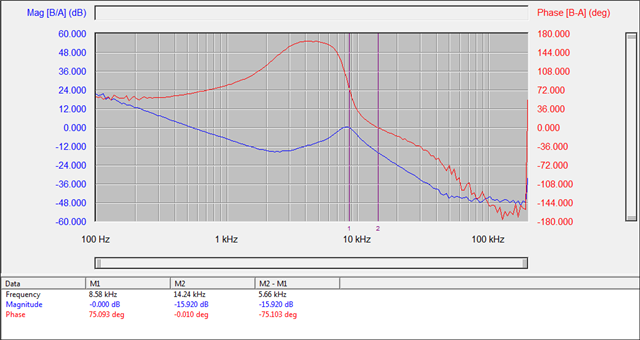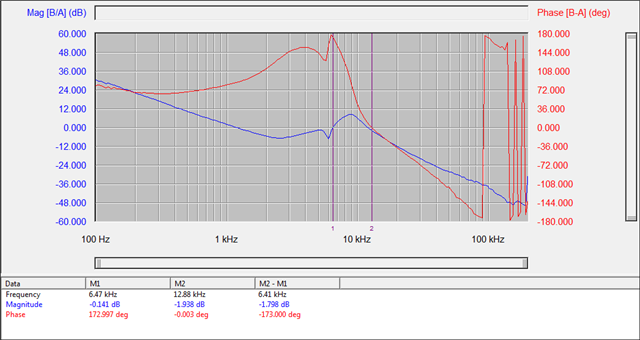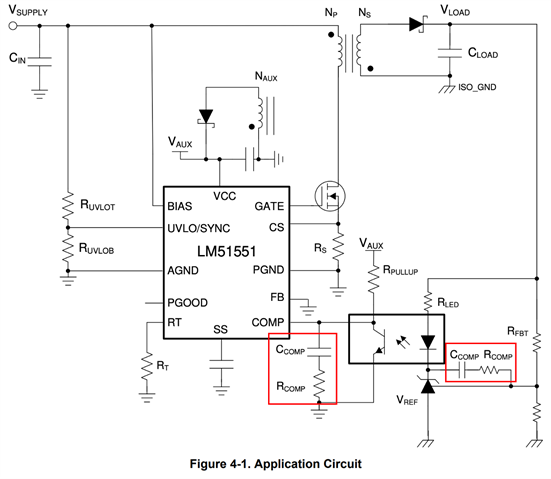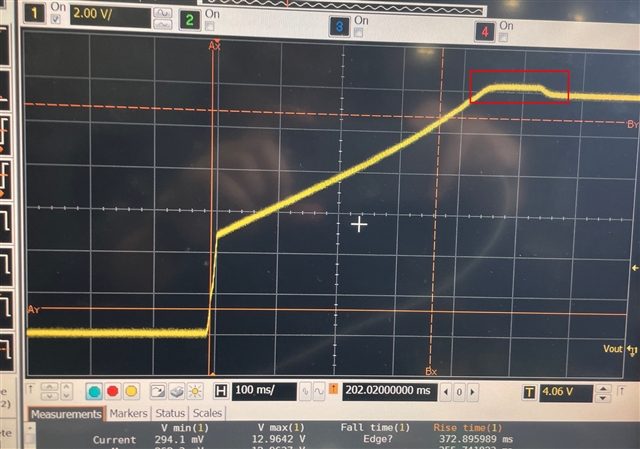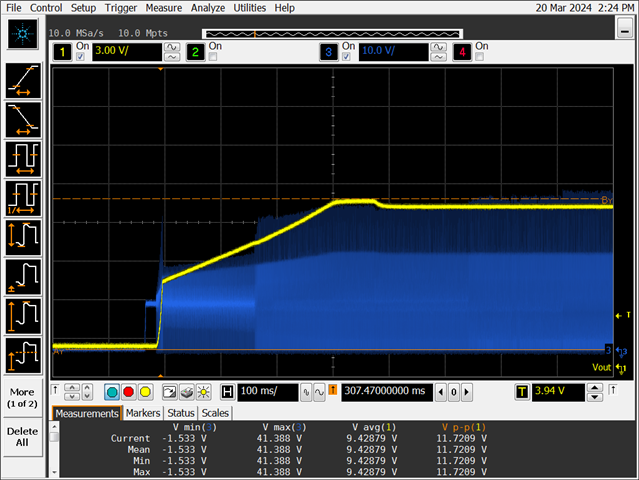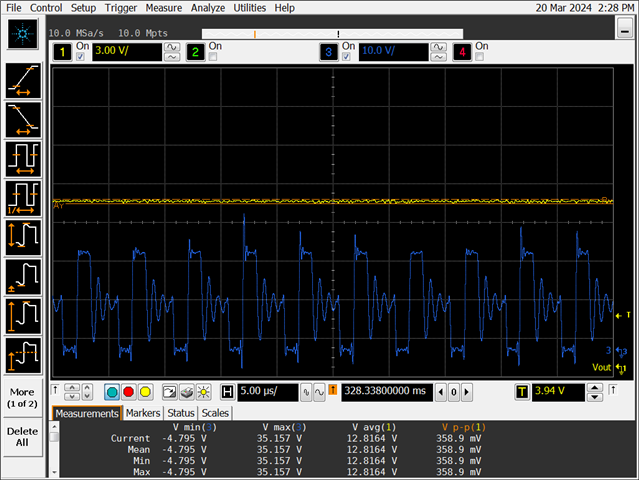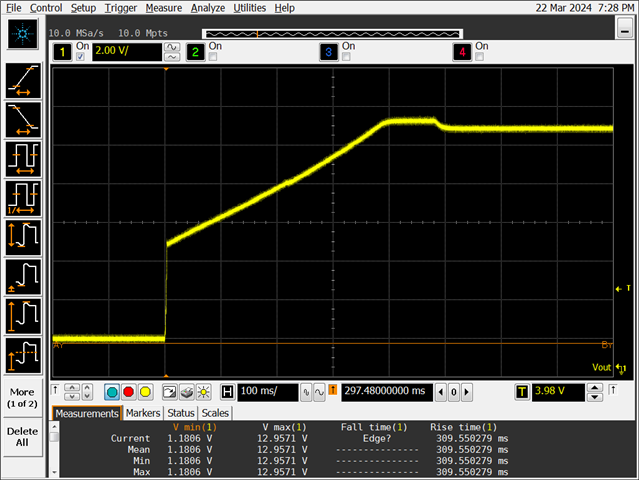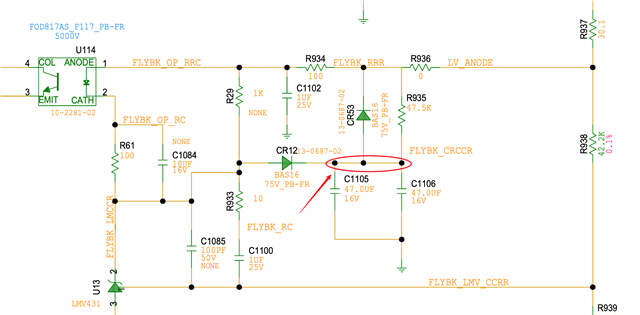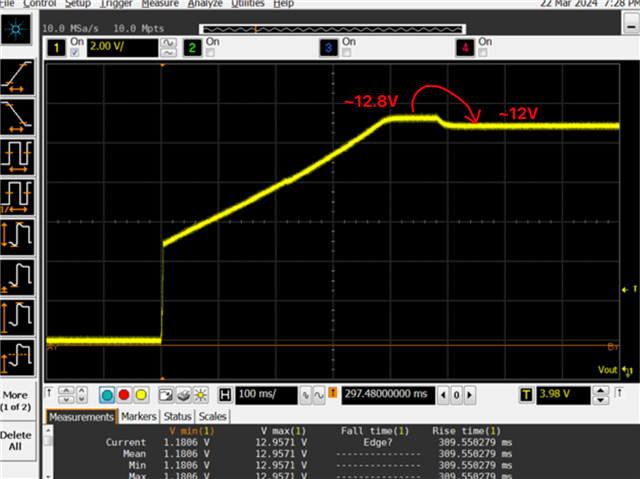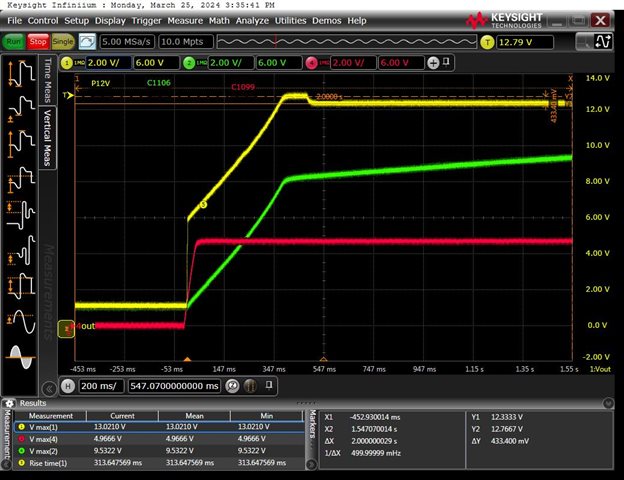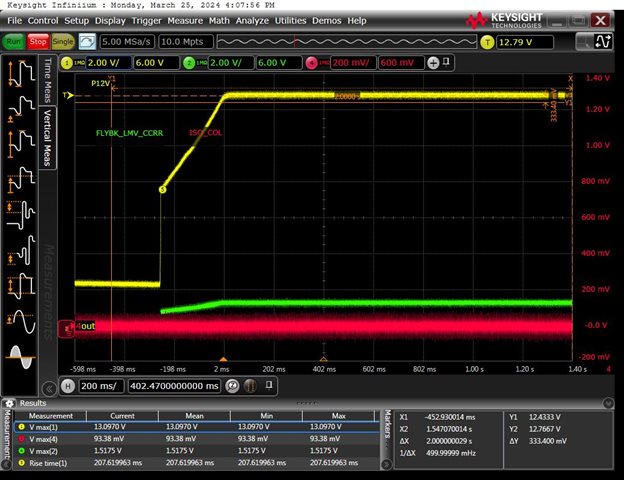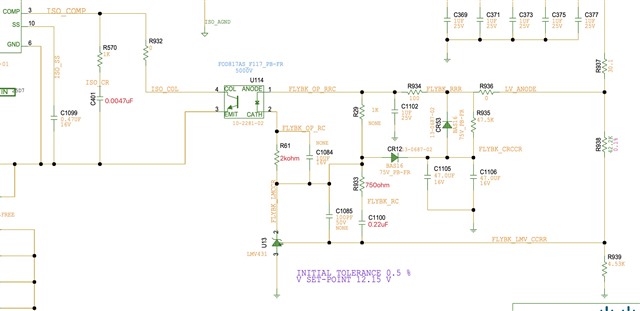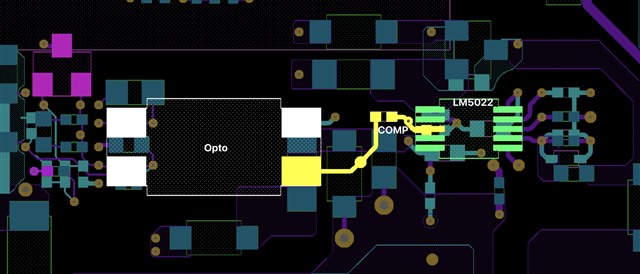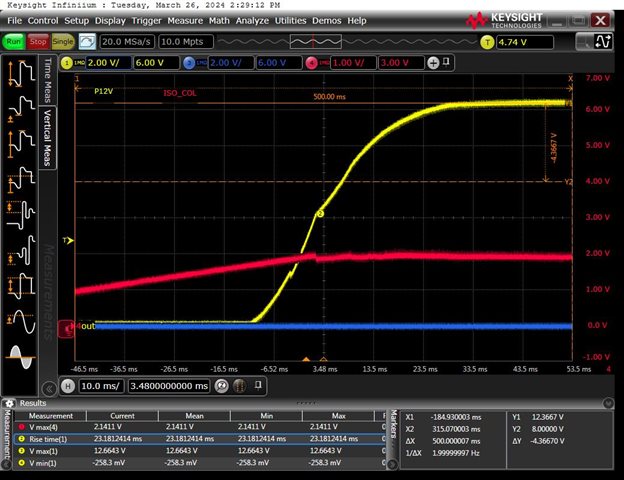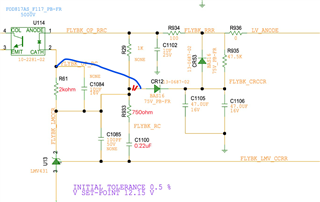Other Parts Discussed in Thread: TL431, LM51551, LMV431, LM431
Hi experts,
I have a isolated flyback design with LM5022, the input is 9-60V, output is 12V/2A, transformer turn ratio is 1:1 with Lm=8uH.
When i tried to measure the bode plot, it gives bad phase/gain margins. Tried to tuned compensation R/C over TL431, but no improvement on bode plot.
Can you help suggest compensation values for this design? Here is the schematic for reference.
Here is bode with 0.2A loading.
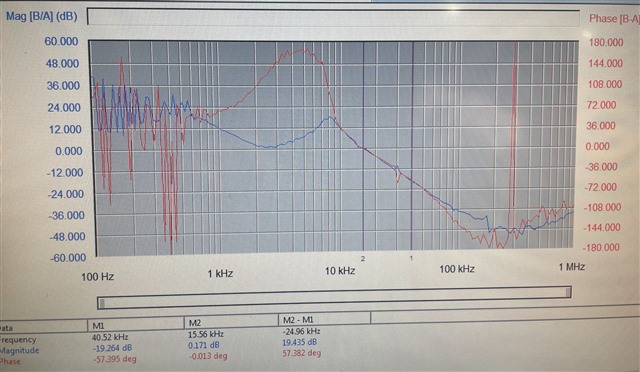
When measure with 2A loading, the bode plot is very noisy as below.
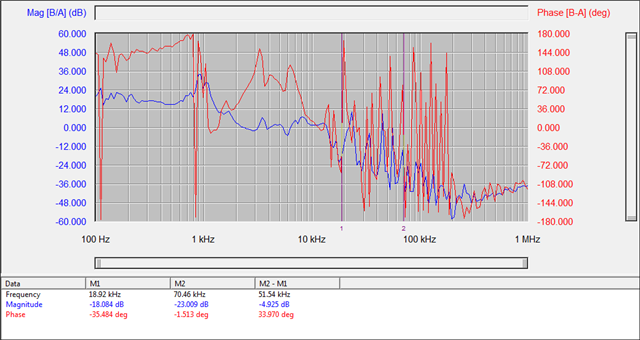
Thanks.


